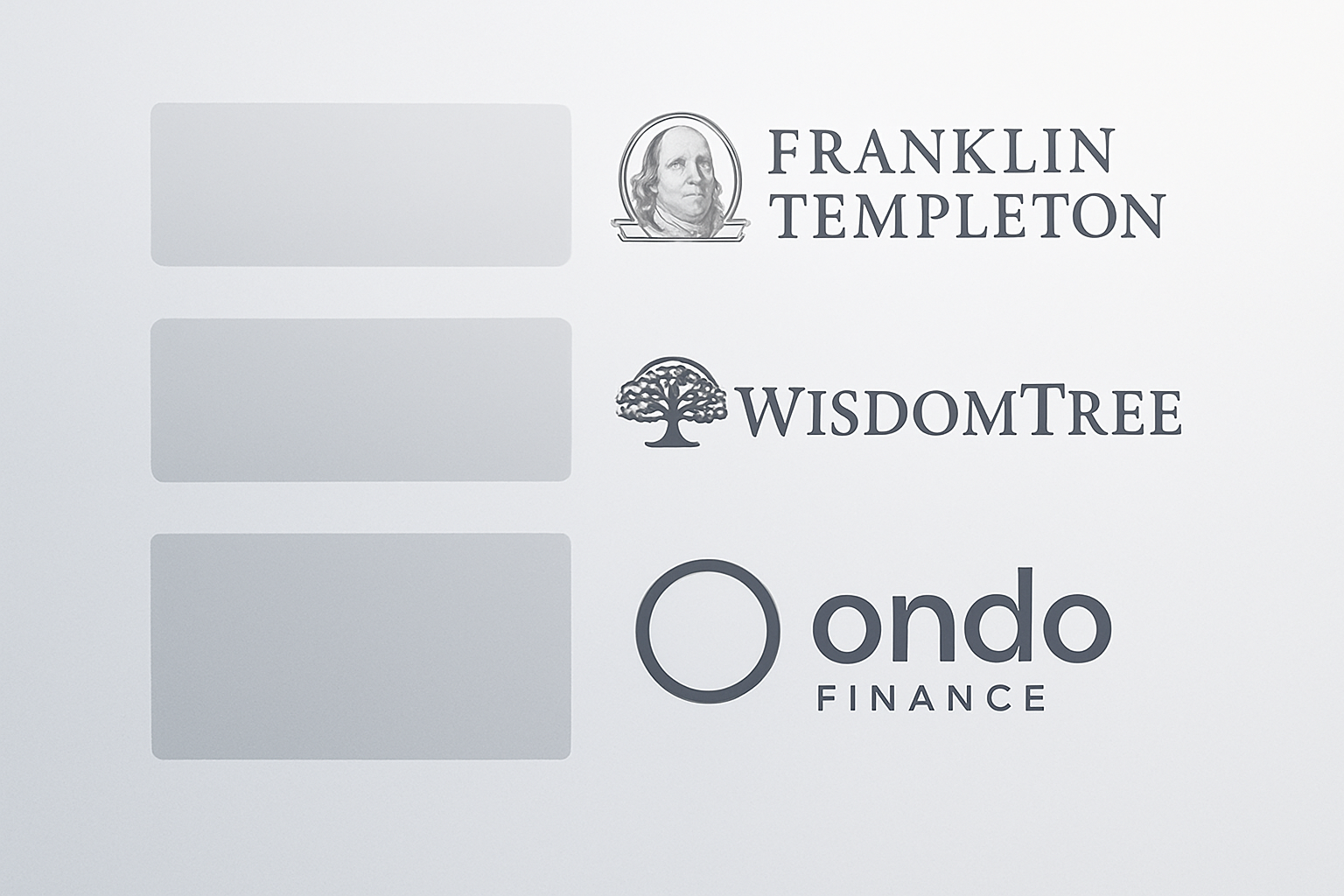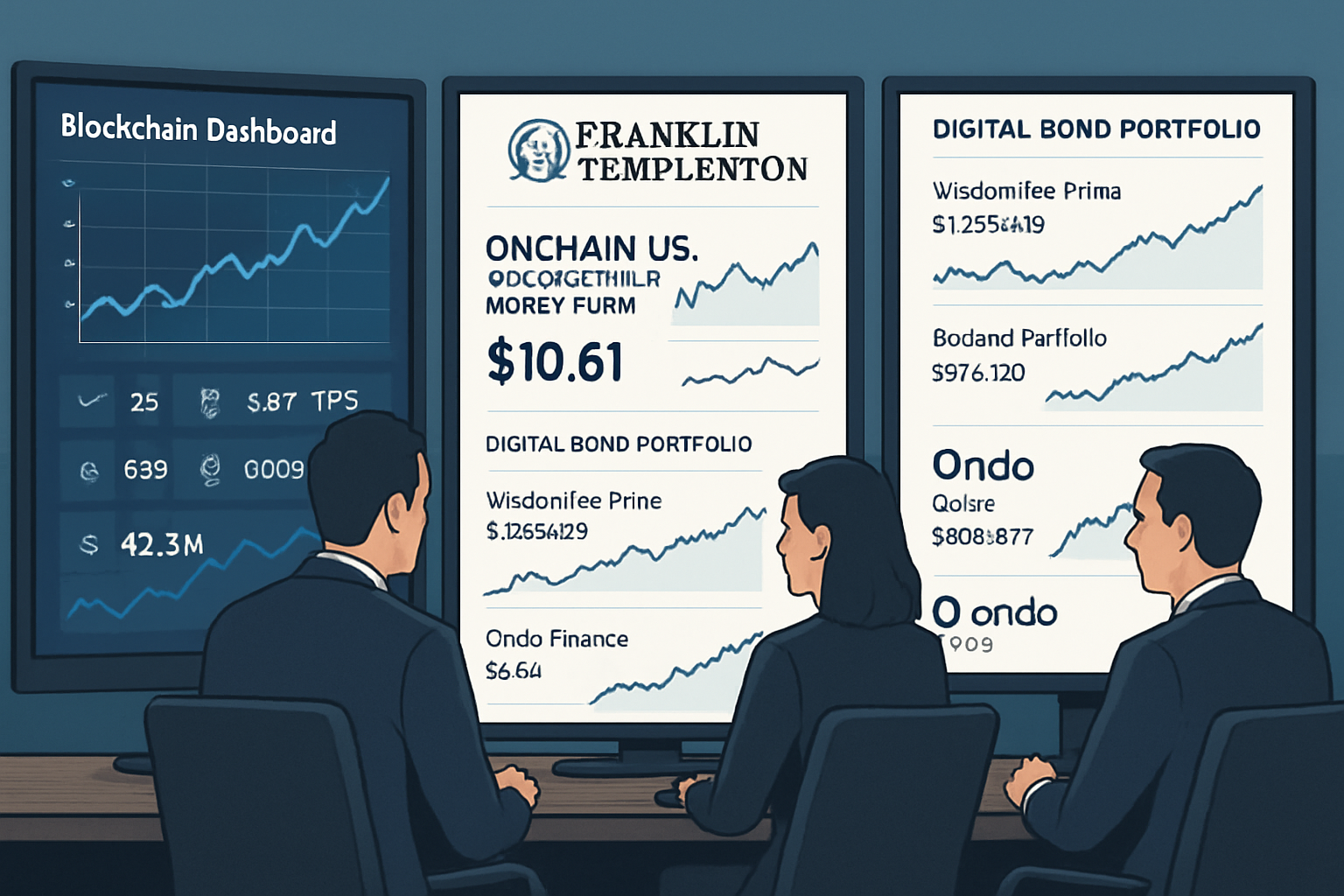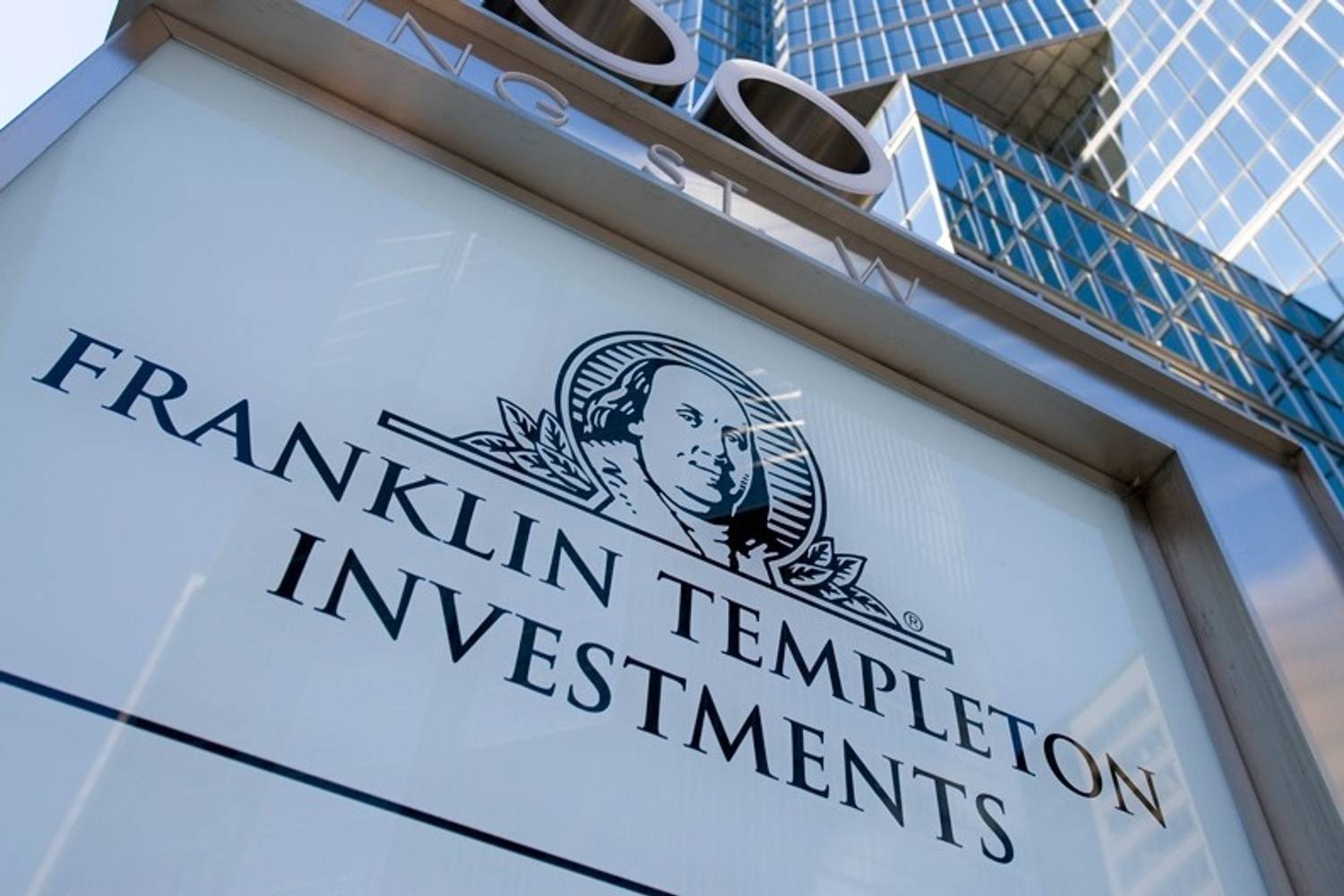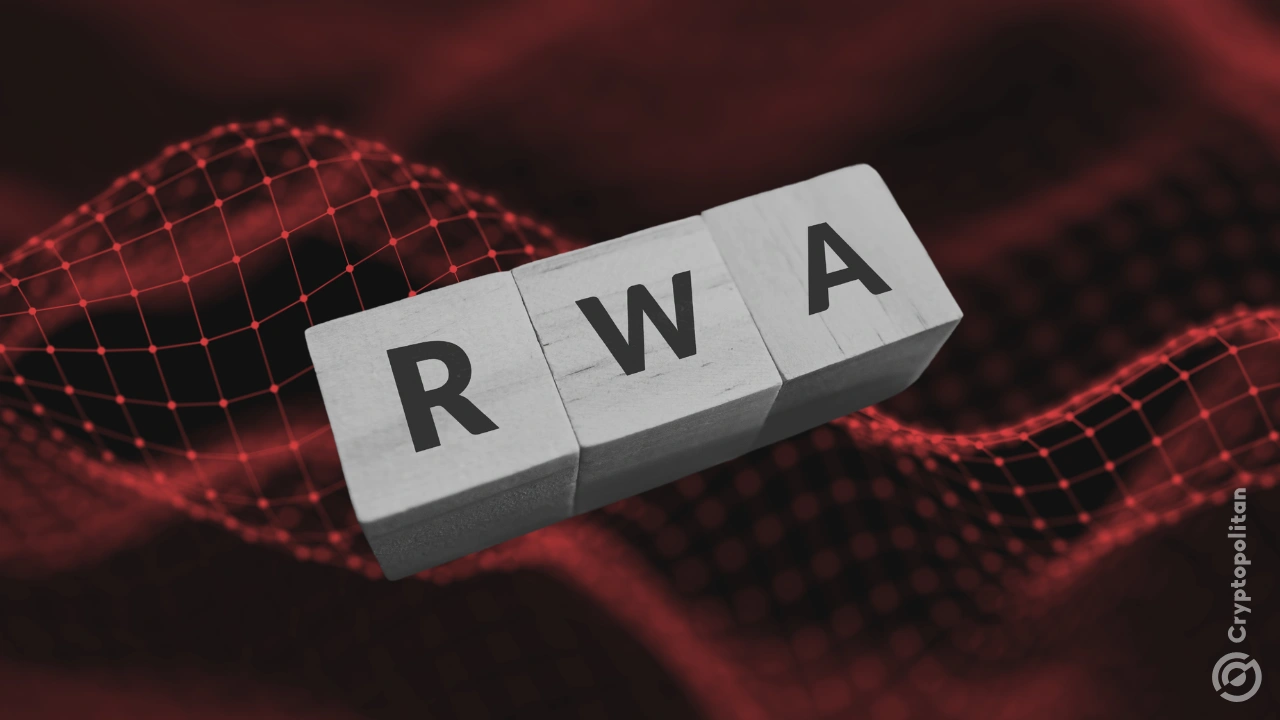Case Studies: Real-World Adoption of Tokenized Treasuries by Asset Managers

Tokenized treasuries are no longer just an experiment for forward-thinking fintechs, they’re a practical tool rapidly transforming the fixed-income landscape. As of March 2025, the market value of tokenized U. S. Treasuries has surged past $5 billion, signaling a dramatic shift in how asset managers leverage blockchain for liquidity, transparency, and operational speed. But what does this seismic change look like on the ground? Let’s zoom in on three real-world case studies where institutional players are not just testing, but actively scaling tokenized treasury solutions.

Franklin Templeton: Trailblazing Tokenized Mutual Funds with FOBXX
Few names resonate as loudly as Franklin Templeton when it comes to pioneering blockchain bonds in traditional finance. Their OnChain U. S. Government Money Fund (FOBXX) isn’t just an incremental upgrade, it’s a blueprint for how mutual funds can leap into the digital era.
FOBXX issues its shares as tokens on public blockchains like Stellar and Polygon, giving both institutional and retail investors direct, transparent access to U. S. Treasuries through familiar fund structures. By mid-2024, FOBXX had surpassed $350 million in assets under management, proving that operational efficiency and transparency aren’t just buzzwords, they’re real benefits experienced by investors today.
The integration goes deeper than headline numbers. Franklin Templeton enabled peer-to-peer transfers of fund shares via the BENJI token, letting users exchange fund ownership instantly without intermediaries. This innovation not only slashes settlement times but also opens doors to programmable finance, think automated compliance or instant collateralization, directly on chain.
WisdomTree: Unlocking Digital Liquidity with Prime Treasury Suite
WisdomTree is another asset manager rewriting the playbook with its Prime Digital Fund Suite. Their platform offers tokenized treasury products for both institutional and retail clients, making U. S. Treasury-backed digital funds accessible with just a few taps.
The standout feature here is streamlined settlement and improved liquidity compared to legacy treasury products. Through WisdomTree Prime, investors bypass layers of intermediaries and outdated infrastructure, enabling near-instant settlement cycles and reducing operational drag. The programmability of these digital funds means they can be integrated directly into other financial applications or used as collateral across DeFi protocols, a game changer for capital efficiency.
Case Studies: Leading Asset Managers Adopting Tokenized Treasuries
-

Franklin Templeton: Franklin OnChain U.S. Government Money Fund (FOBXX) – Pioneered the integration of tokenized U.S. Treasuries into a registered mutual fund, issuing fund shares as tokens on public blockchains (Stellar and Polygon). By mid-2024, the fund surpassed $350 million in AUM, demonstrating operational efficiency and enhanced transparency for both institutional and retail investors.
-

WisdomTree: WisdomTree Prime Digital Fund Suite – Launched tokenized treasury products for institutional and retail clients via the WisdomTree Prime platform, enabling direct access to U.S. Treasury-backed digital funds. This initiative highlights streamlined settlement, programmability, and improved liquidity compared to traditional treasury products.
-

Ondo Finance: Ondo Short-Term U.S. Government Bond Fund (OUSG) – Developed a tokenized vehicle providing exposure to U.S. Treasuries for both crypto-native and institutional investors. OUSG attracted over $200 million in assets by mid-2024, offering daily liquidity, composability with DeFi protocols, and maintaining regulatory compliance.
Ondo Finance: Bridging Crypto-Native Capital with OUSG
If you want a front-row seat to how DeFi meets TradFi, look no further than Ondo Finance’s Short-Term U. S. Government Bond Fund (OUSG). Ondo designed OUSG as a tokenized vehicle that gives both crypto-native investors and institutions seamless exposure to U. S. Treasuries while keeping regulatory compliance front-and-center.
By mid-2024, OUSG had attracted over $200 million in assets under management. What sets it apart? Daily liquidity windows let users enter or exit positions without traditional lockups; composability enables integration with DeFi protocols for lending or yield strategies; and transparent on-chain records mean every transaction is auditable in real time.
This approach not only democratizes access to government bonds but also invites new forms of financial engineering, imagine using your OUSG tokens directly within decentralized apps or as collateral in on-chain lending markets.
These three case studies, Franklin Templeton, WisdomTree, and Ondo Finance, aren’t just isolated experiments. Together, they illustrate how tokenized treasuries are rapidly becoming a core pillar of modern asset management. Each manager has taken a unique path, but all converge on the same core advantages: enhanced liquidity, real-time transparency, and programmable flexibility that traditional fixed-income products simply can’t match.
Practical Benefits and Challenges: Lessons from Early Adopters
What’s most striking is the tangible impact on day-to-day operations. Franklin Templeton’s FOBXX demonstrates how tokenization can shrink settlement times from days to minutes while providing transparent audit trails on public blockchains. WisdomTree’s Prime suite shows that programmability isn’t just hype, it enables automated compliance checks, instant collateralization, and seamless integration with digital wallets. Ondo Finance pushes the envelope further by making U. S. Treasuries composable within DeFi protocols, opening doors to yield strategies previously unavailable to traditional investors.
But it’s not all smooth sailing. Regulatory compliance remains a major consideration for all three managers. Franklin Templeton and WisdomTree have invested heavily in ensuring their tokenized funds meet SEC requirements for registered mutual funds and ETFs. Ondo Finance has prioritized know-your-customer (KYC) and anti-money laundering (AML) controls without sacrificing the open nature of blockchain rails.
Another challenge is interoperability, making sure these tokens can move seamlessly across different chains and platforms without friction or fragmentation. The use of public blockchains like Stellar, Polygon, and Ethereum is a step forward, but true cross-chain liquidity will require ongoing collaboration between issuers, custodians, and DeFi protocols.
“Tokenization isn’t just about digitizing assets, it’s about reimagining how capital flows in a global market. “
The Road Ahead: Scaling from Billions to Trillions
The numbers don’t lie: with tokenized U. S. Treasuries surpassing $5 billion in value as of March 2025, we’re witnessing the early innings of a much larger transformation (source). As more asset managers join the fray, and as platforms mature, the next wave could see trillions in government bonds moving onto blockchain rails.
For institutional investors seeking safe yield with maximum agility, or crypto-native funds looking to bridge into TradFi, these case studies offer a playbook for what works today and what still needs refining tomorrow. The pace of adoption is only accelerating as regulatory clarity improves and infrastructure matures.
The bottom line? Tokenized treasuries are no longer an experiment, they’re an essential toolkit for modern asset managers navigating an increasingly digital world. As pioneers like Franklin Templeton, WisdomTree, and Ondo Finance show, those who embrace this shift early will be best positioned to capture new opportunities as fixed income goes fully on-chain.







